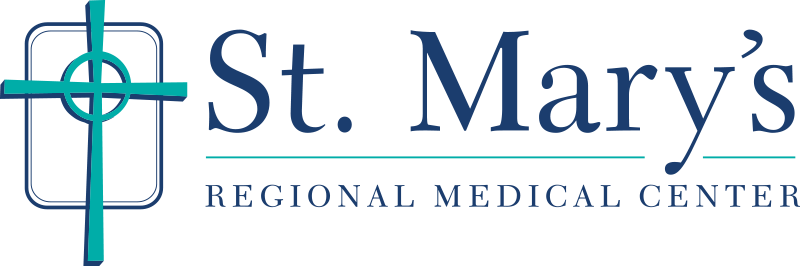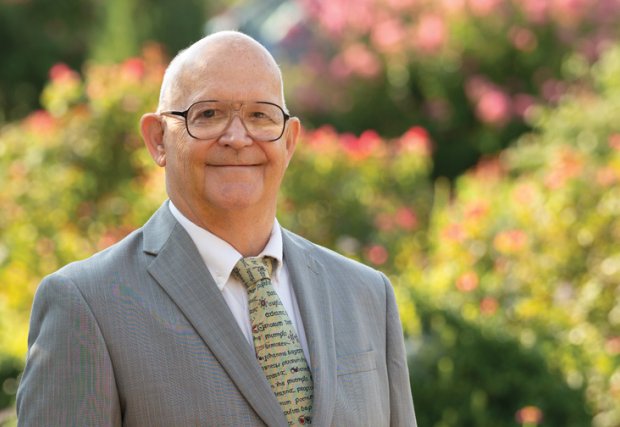Like many people, Thomas Combs-Francis’ back troubles began later in life. “I had a pain and it was starting to radiate down my left leg,” he says. When his doctor advised him to find a neurosurgeon, he knew just who to call. “I’ve known Dr. Pollard since 1995 when I was working as an ER tech,” he says of neurosurgeon Barry Pollard, MD. “He really cares about his patients … I had no fear of him working on me.”
After meeting with Combs-Francis and looking at the results of his MRI, Dr. Pollard found that he had classic symptoms of lumbar stenosis, which happens when nerves running through the lower back into the legs are compressed. Along with pain, this can cause leg weakness and make it difficult for people to walk even short distances without having to sit down. The MRI results also revealed disc herniation, which happens when the content of one of the discs (or cushions) between the vertebrae pushes out and often times pushes on a nerve. In Thomas’ case, this was contributing to weakness in his foot. “His leg and foot weakness was a big part of why he needed surgery,” Dr. Pollard says. Being active is important to Combs-Francis, and he didn’t want to spend his retirement years “hobbling around.”
Less than a week after meeting with Dr. Pollard, he had surgery at St. Mary’s, and everything went well. “St. Mary’s provides fantastic care,” he says. “If I needed anything, they got it for me. On the floors, the nurses were fantastic.”
While he was recuperating, he felt a sudden discomfort on his other side (his right side) and went to see to Dr. Pollard. It turns out that he’d developed a cyst out of one of the joints in his back related to arthritis. “That was going to require further surgery – fusion of his back – to stabilize his back and keep him from having recurrent pain,” Dr. Pollard says. The treatment entailed joining two vertebrae together using rods and screws to hold them in place while they healed. To support this process, he wore a bone stimulator, which uses electrical stimulation to promote bone growth.
Recovery this time was tougher than the first surgery, but he pushed through it with support from his medical team, gradually gaining confidence on the stairs in his home and getting back to his routine. While he no longer does certain things like heavy lifting, he’s doing well and staying active. One of his main interests is being a minister at two community churches, which he really enjoys. “When somebody calls you in the middle of the night, they sometimes need you then and there,” he says. “You need to be physically able to go see them.”
For Combs-Francis, surgery was the right choice to keep up with his active lifestyle. “I counted myself fortunate that I knew a very good surgeon, an outstanding one actually, and that’s why I went to get it done.”
If you have back pain …
Most of the time back problems can be treated without surgical intervention, but when pain and weakness start to move to the legs, that may be a sign of a more serious problem requiring evaluation from a neurosurgery specialist. An MRI scan may be performed to look inside the spine and see what’s wrong. If surgery is needed, patients at St. Mary’s can benefit from advanced tools and technology that continue to improve care and outcomes.

